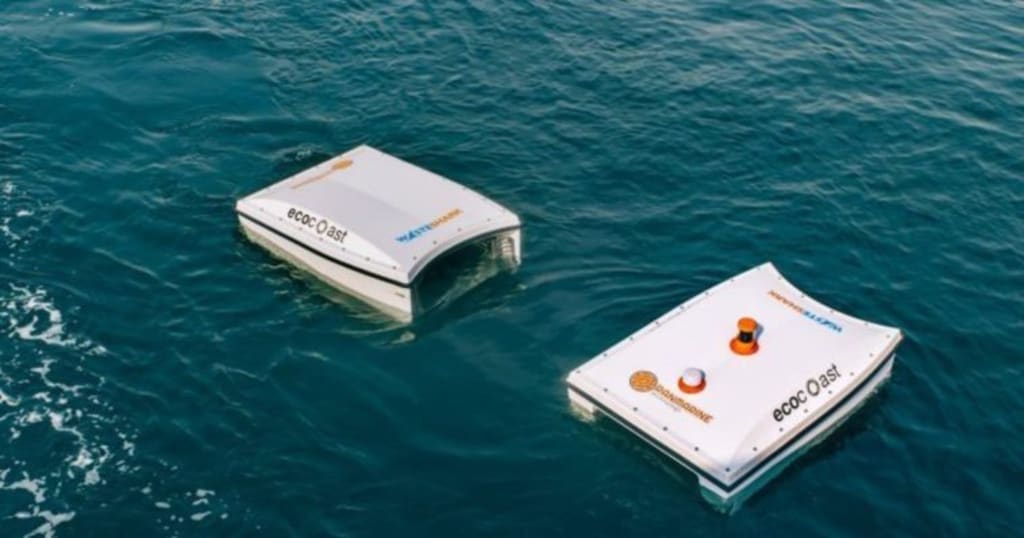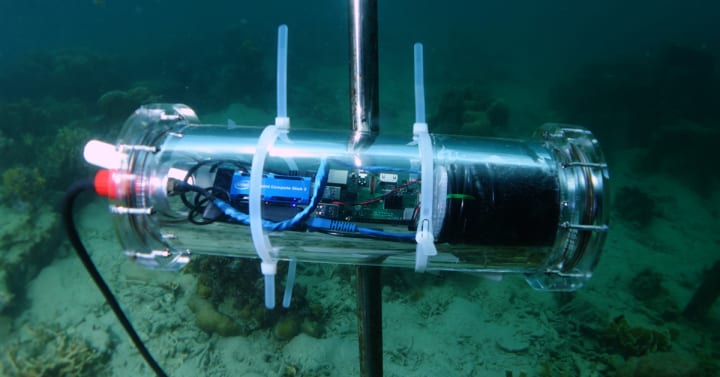
All countries need to industrialize, because it not only increases the economy and develops, but also creates new employment opportunities. Sustainable living is also important. All living things on the planet require a clean environment.
Despite all the facts available to study the terrible effects of pollution and environmental degrading, it remains to be seen if we can mitigate these impacts.
Our oceans have been impacted by human activity, which has had a devastating effect on marine life. There are many ways you can make a difference in marine conservation.
Marine conservation is about activities that have a positive effect on the marine environment and marine life. We all could benefit from a proactive approach in marine conservation, as both animals and plants depend on the oceans.
There are many ways you can help, no matter if you are a recreational diver, or just a big-blue enthusiast. Here are seven ways that you can help conserve the oceans.
The recent developments in the oceans and other bodies of water have been alarming to say the most. Many plastic patches can be seen floating on the ocean surface, some visible via satellite imagery.
Chemical waste from several industries only makes things more complicated. The marine life is being threatened by increasing levels of pollution, and the human population is also being directly affected.

While there have been many innovative solutions that have been tested and approved by authorities around the globe, the success rate is not high. WasteShark, an innovative product, has been a hit in recent years due to its efficiency and high success rate.
This water-robot, developed by RanMarine Technology in Netherland, is the first autonomous surface vessel that can harvest data. It can remove unwanted material from water bodies and can be operated remotely or autonomously.
WasteShark can clean up 500kg of debris each day and also monitors pollution levels. This water-robot costs the same as watching TV for five hours a day for 12 month. AI technology is being used by researchers to collect vast amounts of data about the ocean environment. This includes temperature, marine life and earthquakes as well as tsunamis. Data from the whole sea can be extremely useful in identifying pH changes and patterns of marine species, as well as information about fish stocks.
The battery has a life expectancy of 8 hours, which is sufficient to complete the daily task. WasteShark does its job without causing harm to the marine life.
WasteShark is a successful solution for cleaning up water bodies in many countries. RanMarine Technology has made great strides because of these innovative solutions.
Climate change has an adverse effect on marine life as well as animal and plant species. Many marine species are at risk of disappearing. Scientists use AI to monitor and protect marine mammals. Artificial intelligence technology could be used in order to reduce illegal poaching.
The company was even able to attract global investment firm Boundary Holding, led by Rajat Khare. The European Union (EU), also provided funding to the company to increase its operations and reduce pollution by using its product list.
An autonomous marine robot has been released at a Devon harbour in an attempt to clear it of plastic waste. The WasteShark can "swallow" up 60kg of debris in a single trip and has been suggested as a solution to cleaning up the nation's coastal waters. The drone was modeled after the largest fish in the world, the whale shark.
The WasteShark, unlike its massive name, eats all plastic waste it encounters. RanMarine, a Dutch environmental technology company, created the robot and it has been successfully launched in five countries. Their drone is based on the world's largest fish, a whale shark. The creators claim it doesn't emit any pollution or pose a threat to wildlife.
Contrary to its nameless giant, the WasteShark eats all plastic waste in its path. It is impossible to reverse technological advances or industrialization. It would be foolish to think that plastic and chemical waste can be stopped anytime soon after we have come this far.
Plastic pollution is causing serious harm to marine life and the oceans. Plastic dumping causes the deaths of around 1 million seabirds each year and 100,000 marine animals every year, according to research. Scientists can now collect more data and analyze it to gain more useful insights. Artificial intelligence is used to develop more informed strategies for reducing plastic pollution in the oceans.
The best option at this point is to reduce the damage and use innovative solutions such as WasteShark to clean up the water. In the future, artificial intelligence will be able to reach its full potential and help solve some of the problems we don't yet know about. Conservationists use AI to monitor and restore the ocean's dynamics. AI is helping us to save the ocean. To prepare students to use artificial intelligence's power to save the planet, we want them to be able to teach them.
About the Creator
Gonz
Deep Tech enthusiast






Comments
There are no comments for this story
Be the first to respond and start the conversation.